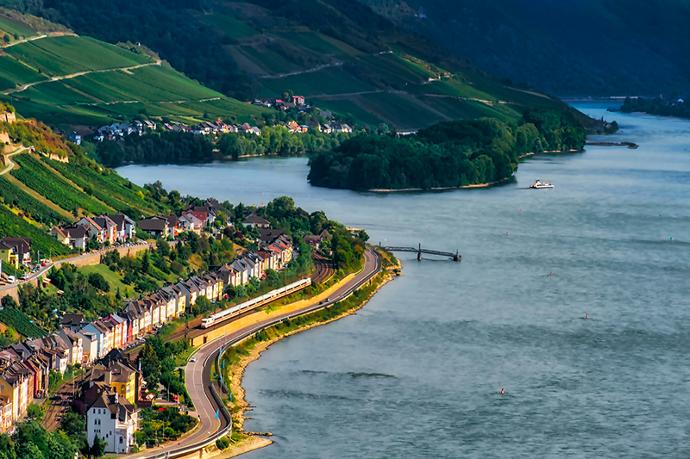IoT as a flexible foundation
Municipalities are constantly facing new challenges, be it due to climate change, growing populations or changing infrastructural requirements. IoT technologies not only offer solutions to acute problems, but also create a long-term basis that can be flexibly adapted. Once implemented, an IoT network can be continuously expanded to respond efficiently to future requirements.
An IoT network with LPWAN technologies such as LoRaWAN, NB-IoT or Mioty creates the necessary foundation on which future applications can be built.
These networks are cost-effective and offer a large range with low energy consumption.
Once the network is in place, new applications and sensors can be seamlessly integrated without the need for expensive and complex infrastructure changes.

Pragmatic IoT solutions for current and future challenges

An existing IoT network can be adapted to new requirements with minimal effort. An example from practice:
Climate change adaptations:
Rising temperatures and extreme weather events are making the monitoring of water resources and flood risks increasingly important. An existing IoT network can be equipped with sensors that measure water levels, soil moisture or rainfall. In extreme weather situations, such as Saharan dust being transported to Europe and posing potential health risks, particulate matter sensors in the network can immediately monitor air quality and issue alerts if dangerous particle concentrations occur.
IoT also offers the opportunity to monitor the success of measures such as increased urban greening. Sensors can collect data on air quality, particulate matter and temperature to measure the impact on the environment and analyse the results in real time.
Customised IoT solutions for your municipality - let us advise you
Find the right IoT solution for your municipality! Our experts will advise you individually on how you can make your infrastructure more efficient and future-proof. Get in touch now and get started in the digital future!
Responsiveness and long-term benefits: IoT as a tool for sustainable cities
A pragmatically structured IoT network offers the flexibility to react quickly to new requirements. New environmental requirements can be monitored using additional sensors, e.g. compliance with air pollution or noise pollution limits. Mobile traffic monitoring systems can be used flexibly to measure the success of traffic calming measures.
The advantage: instead of relying on ‘perceived’ perceptions, concrete figures and data are available to make well-founded decisions.
The longer such an IoT network is in operation and the more applications are based on it, the more profitable it becomes. Instead of having to build new infrastructure every time, a city can keep adding new IoT sensors or applications - often without incurring major additional costs.

Long-term profitability and monitoring: IoT networks as a valuable investment

A particularly pragmatic example of the expandability of IoT networks is the retrofitting of street lighting with IoT sensors. This enables intelligent control of the lighting, which reacts to requirements and only lights up when necessary. Cities can save energy immediately without having to tear up roads. In turn, the lights can be adjusted to local festivities and provide more lighting.
More importantly, retrofitting the lighting creates a large-scale IoT network that serves as the basis for further applications.
For example, the network can be used for traffic monitoring, smart parking systems or a waste management system. This makes the network more versatile and brings even more benefits over time, as it can be continuously expanded to meet the city's changing requirements.

Make your street lighting smart with IoT retrofit solutions
Find out how you can make your street lighting more efficient, save energy and reduce costs with an intelligent IoT retrofit solution - without costly conversions. The ideal introduction to networked, smart local lighting!

